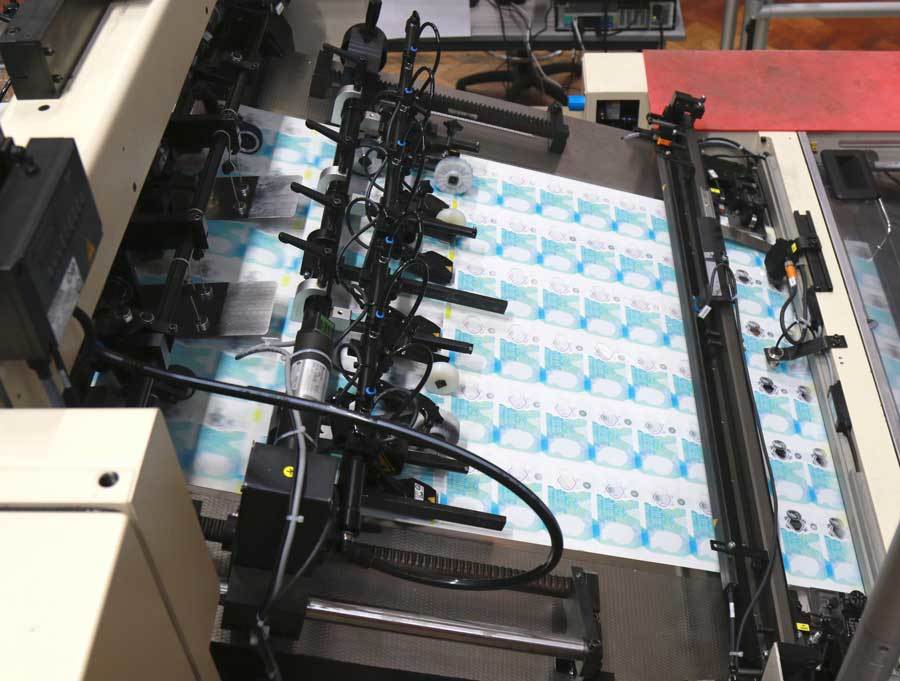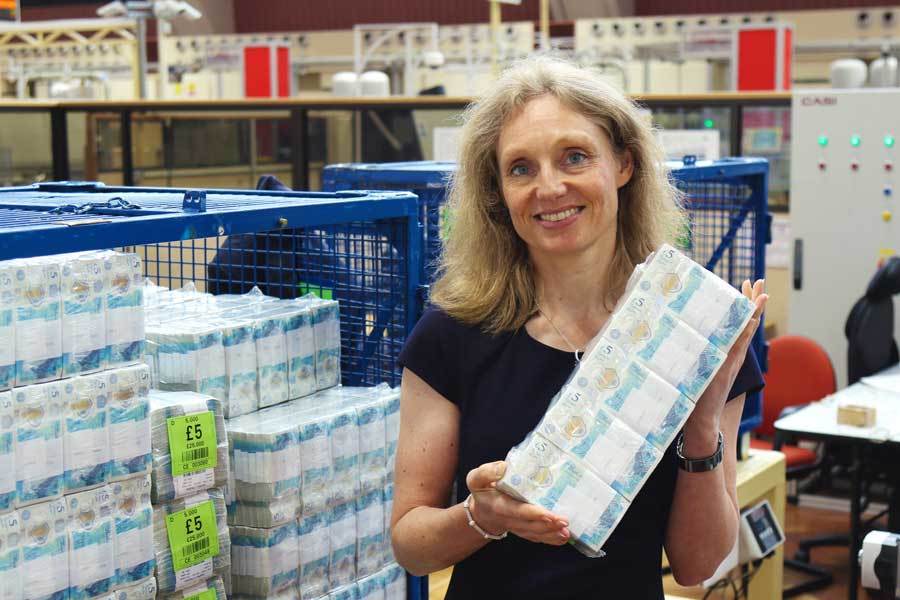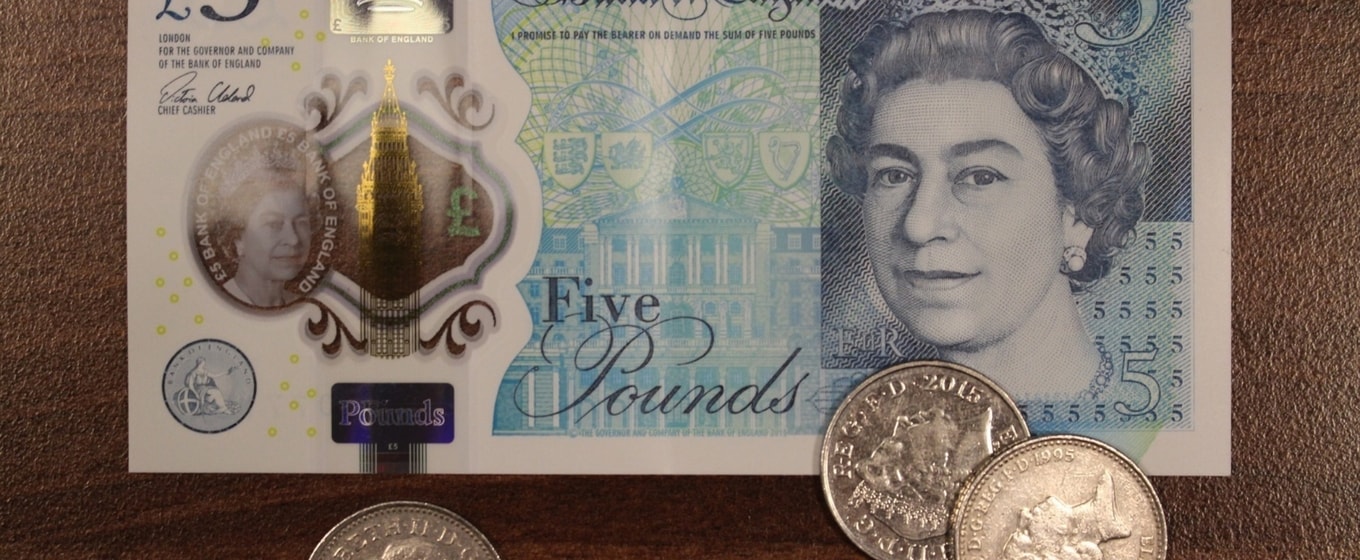The UK’s first polymer note has captured many headlines since its introduction last month. Even though Piers Morgan managed to break the law on live television by ripping the note with his teeth – a feat that John Humphrys couldn’t match despite his best efforts on the Today Programme – the hardy note has successfully withstood microwave radiation, submission in cups of hot coffee and the most vigorous of washing machine settings.
Clearly, the new note is built to last, but its introduction has prompted many to question whether cash payments can survive the growth of the digital payments industry.
From contactless and cryptocurrencies to Apple Pay and wearables, the plethora of new technologies developed in recent years is testament to the astonishing levels of skill and innovation in the payments industry. The introduction of a stronger, cleaner and safer polymer note is no exception, and is an immensely encouraging modernisation. Equally as encouraging, when considering the future of cash in the UK, is the Bank of England’s decision to invest in the polymer note.

The new polymer-based £5 notes roll off the production line (Image courtesy of The Bank of England via Flickr)
I was hugely impressed with the great level of organisation and guidance provided by the Bank of England for the new note, and it bodes well for the introduction of the new £10 note scheduled to enter circulation next year, and the £20 note by 2020.
The primary purpose of the polymer note is to reduce instances of counterfeiting. Where it has been introduced in other countries, it has done so with great success. To replicate the note, fraudsters would have to try to create a substitute material, as it is almost impossible to acquire the actual polymer substrate. The note also features reflective metallic strips, which are difficult to produce, and on top of this, printing onto plastic is far more difficult and costly than paper. To date, there have been few forgeries that have been convincing.
Of equal importance to the modern consumer is the durability of the note. Far less prone to general wear and tear, it will not only stay in circulation for longer, but it should encourage more people to carry cash without fear of it tarnishing. This may have a positive impact on smaller retailers who are often hit worst by the cost of card payments and people not regularly carrying cash.
The modern spender wants fast and efficient ways to pay, and they also want choice.Ewan Ogilvie
With the introduction of the polymer note – safer and more suited as it is to the needs of the modern consumer – I believe that cash will remain a crucial form of payment on the UK high street, and for businesses, in the years ahead.
The modern spender wants fast and efficient ways to pay, and they also want choice. This has made hybrid spenders of us all, and far from cash being phased out gradually to be replaced entirely by digital payment, the modernisation of our currency notes will ensure that cash remains relevant for some time yet.
This has certainly been the case for the book industry. The rapid growth of the e-reader prompted many to predict the end of the printed word, and whilst there was also an initial spike in Kindles and the like, over time people found that they had an equal desire for digital and hard-copy books. The e-reader may be more convenient whilst commuting, for instance, yet many may take comfort in switching off from technology in the evening, and turning to a real book. Both have unique attributes that cannot be replaced by the other, which allows them to survive side by side. I believe this will be the case for the payment industry as well.

At YourCash, we are already witnessing such a harmony. Every year that the payments industry has seen growth, we have also experienced increased demand for ATMs. And we are not alone. Research firm RBR found that in 2014, the number of ATM cash withdrawals grew by 7% to 92 billion, and it predicted that this will increase to 104 billion withdrawals by the end of 2016, and 128 billion by 2020. With the introduction of the polymer note making cash an even safer and more practical choice, this may be even higher than predicted.
For independent retailers and small businesses, cash is crucial for customer transactions as well as paying bills and employees. 99% of private sector businesses in the UK are SMEs, and their need for cash every single day makes it plain that cash has an important role to play in a prosperous UK economy. Whilst technology can and does often fail, cash is fail-safe. It costs nothing to hold and carries little incremental risk. In contrast, the conversion of cash into a bank or digital form carries with it negative interest, fees and the possibility of loss if the bank or technology collapses.
Further innovation in the payments industry should be encouraged, and I very much look forward to seeing how the industry continues to develop. I think it is equally important not to get swept away with the excitement of the new, and respect and value the traditional – the cold hard cash, be it paper or polymer – for the safety and inclusivity it will always offer.
About the author
Ewan Ogilvie is managing director of Your Cash Europe Ltd, a pan European ATM provider with 5000 cash machines across the UK, Netherlands, Belgium and Ireland. YourCash handles over 78 million ATM transactions a year, and over £3 billion in cash.






These cookies are set by a range of social media services that we have added to the site to enable you to share our content with your friends and networks. They are capable of tracking your browser across other sites and building up a profile of your interests. This may impact the content and messages you see on other websites you visit.
If you do not allow these cookies you may not be able to use or see these sharing tools.